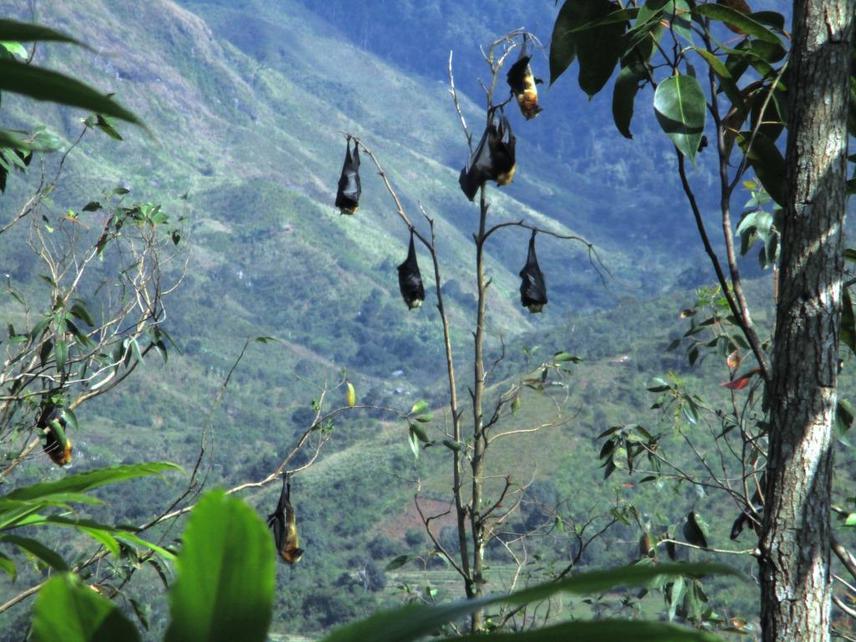Radosoa Andrianaivoarivelo
Other projects
30 Jul 2008
Hunting of Endemic Rousettus Fruit Bats in Madagascar: The Demand for Bushmeat, the Impact on Bat Populations and the Socioeconomic Context
30 Sep 2016
Flying Fox Habitat Restoration and Natural Forest Sustainable Management in Eastern Madagascar
Our project in western Madagascar seeks to understand the importance of plants and different type of habitats to the movement of bats between distant roosts to shed light on their panmictic population structure. The target species of our research are Pteropus rufus and Rousettus madagascariensis which are all considered vulnerable according to the IUCN red list. It would also be an opportunity for us to collect information on the evolution of these bat populations compared to the latest information obtained almost two decades ago.
Due to their ability to perform a long-distance flight, they ensure the genetic exchange of various endemic/threatened plants (such as Adansonia grandidieri) and those useful to local communities (e.g. Anacardium occidentale). This project would be of considerable importance, given that previous research shows that these bats contribute to seed dissemination and flower pollination, ensuring the stability of all ecosystems in their living environment.

Group of Pteropus rufus individuals in a roost in Ampasimanjeva. © R. A. Andrianaivoarivelo, August 2019.
Our methodology on the fruit bat ecology consists first of all to question the inhabitants living not far from known sites hosting bats. Interviews with local communities will inform us of the location of the plants frequented or sites (fruit trees plantation, various types of ecotones, roosts, …) preferred by bats. Field observations of bat activities will confirm the statements of the communities and will allow us to have reliable data for statistical analyses.
Information on threats, which are mostly of anthropogenic origin (hunting and clearing of natural habitats) will be collected in two ways. First, by the survey carried out among the inhabitants and restaurants (menu) accompanied by the observation of hunting material evidence (net or farehitra “Uncarina abbreviata” fruits) and secondly by the analysis of the evolution of plant cover on satellite images from 2000 to present.
Our conservation activity will be conducted in areas where we observe significant threats. Awareness meetings accompanied by community strengthening will be conducted. The message conveyed focuses on the importance of domestic meats which are renewed more quickly compared to wild animals. We will introduce a type of poultry houses that are effective in preventing poultry loss due to fossa predation and common avian disease (coccidiosis).
Finally, the data obtained will feed the database on bat population management and will be used later during the national commission on the CBD.
Header: Radosoa sorts the seeds from the bat droppings (Pteropus rufus) and puts them on newspapers and lets them sun dried. The seeds will then be brought to nurseries to develop the seedlings to be planted in the restoration areas in Beanka (Western Madagascar). © R. Rafidison, December 2016.